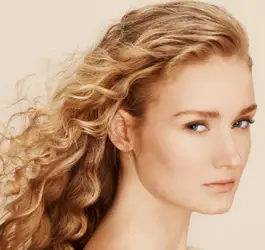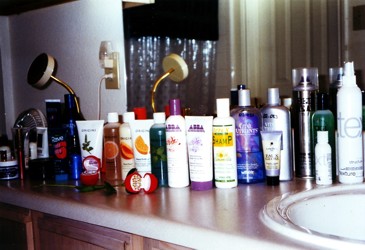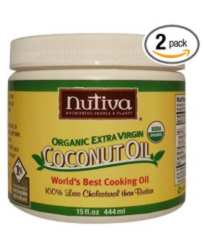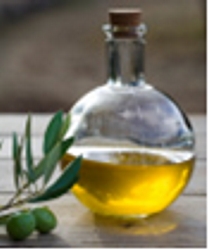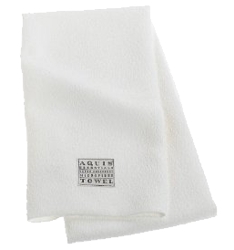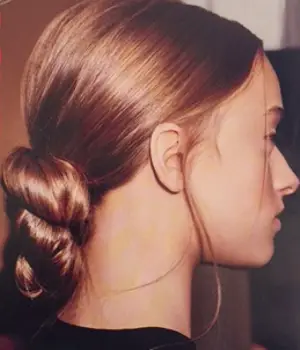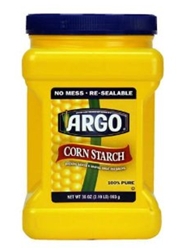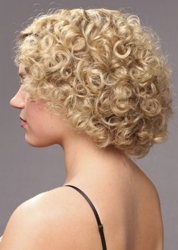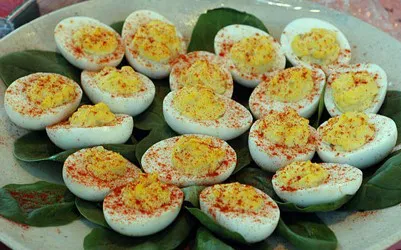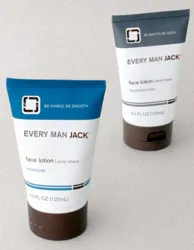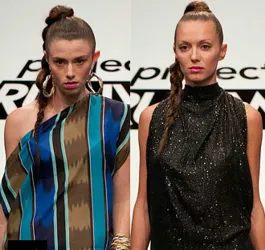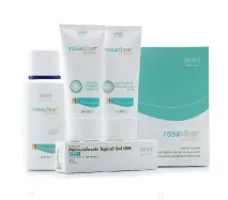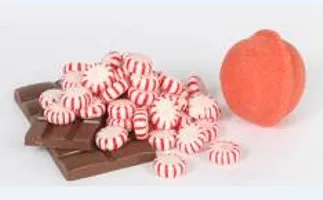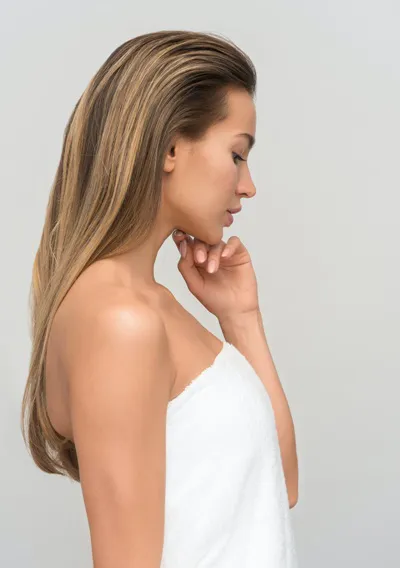
Wavy Hair LOC Mini Treats
Wavy Hair LOC Mini TreatsI first embarked on my own journey to learn about proper care for my naturally wavy hair in 1988 when I committed to grow my hair as long as possible.
After lots of personal trial and error, I slowly devised my own wavy hair LOC mini treats while learning key components for nurturing my hair to encourage maximum healthy growth.
History Of LOC Hair Care Methodology
Hydration, both internal and external were essential. So was proper nutrition, supplementation and washing.
The key components of my hydration program included proper use of water or related liquid washes (L) , hair oils (O) and rinse out, deep and leave-in conditioners (C).
Credit for the creation of the various LOC methods can be linked to a variety of sources, but many of the hard core methods utilized for hydrating naturally textured hair can be linked back throughout history to people of color.
Identifying Your Hair Type, Texture & Treatment Needs
It's important to note that no two heads of hair are the same. The liquids, oils and conditioners which work fabulously for some hair types and textures can be disastrous for others.
Developing hard core hair awareness is the key to discovering the very best products, DIY recipes and treatments - LOC or not - which are ideal for you.
Experimenting With Hair Products & DIY Recipes
I've spent the past 25+ years experimenting with every imaginable hydration, moisturizing system for my type 2 b/c, medium to slightly coarse hair which is medium thick.
During that period I've also tried more hair products than I wish to remember, including whipping up a ton of my own DIY recipes.
My hair, which reached it's terminal length at mid-thigh, has remained primarily healthy and frizz free for the past 20+ years.
My Personal Hair Regime For Long, Naturally Wavy Hair
Life is complicated and busy. I finally found the very best hair regimes for my long, naturally wavy hair which usually includes a consistent system of:
1. Primary wet washing for my wavy hair utilizing my own version of LOC - every 7-12 days.
2. Mini treats for my wavy hair utilizing LOC - every 3-4 days or as needed.3. Dry washing utilizing 100% organic cornstarch DIY recipe.
4. Deep conditioning treatments as needed.5. Minimal use of any type of hot tools incorporating air drying whenever possible.
6. Utilization of daily protective hair styles such as braids, twists and buns to minimize normal hair wear and tear.
7. Balanced eating with an eye towards hair friendly foods.8. Appropriate protein, vitamin, mineral and related supplementation to provide a strong follicle base.
9. Strict adherence to moon cycles for dusting and hair treatments.Primary Wet Wash
Everyone's hair will respond differently to the different types of liquids, oils and conditioners. There are no hard and fast rules to how anyone should do a primary wet wash, LOC regime or in-between mini-treatments. Experiment and find your own best methods.
Listed below are the steps I follow for my primary wet wash, every 7-12 days, which works for my hair type, texture and condition:
1. I start every primary wet wash session, by applying jojoba oil to my fingers. I rake it through my hair from the top of the ears down to the ends in 2-4 inch detangled sections. I allow the oil to remain on my hair for up to 24 hours.
2. Before washing hair in lukewarm to cool water, I detangle one more time. I alternate between highly diluted smoothing shampoo or conditioner only wet washing.3. After rinsing well, I always apply a smoothing conditioner before I detangle hair in 2-4 inch sections from the ends to the roots with my fingers and a wide tooth comb.
4. I rinse well, finish with a cool rinse by bending over at the waist in the shower and pouring cool water from a clean plastic jug over the top of my hair.5. Using a clean 100% cotton t-shirt I blot out excess moisture, apply a leave-in conditioner, detangle, loosely braid and air dry.
6. After my hair is 100% dry I apply a very small amount of jojoba oil to my fingers and lightly finger brush from the ears to the ends. I apply a tiny bit more to the ends to seal and prevent frizz. I wear my hair in braids, twists, buns or other protective styles the majority of the time, wearing it down only on special occasions.Wavy Hair LOC Mini Treats
Although it's helpful for some people searching for their own unique LOC treatments to study what others with similar hair types and textures have utilized, it's important to use that information as merely a starting point to finding the best customized treatments for your own hair.
Listed below are the steps I follow for my LOC mini wet wash, every 3-4 days, which works for my particular hair type, texture and condition:
1. In a clean mister bottle mix 2 ounces of water + dime size of leave-conditioner + 1-2 drops of lavender or other essential oils.
2. Spritz lightly through hair from ears down to the ends to add moisture.3. Detangle hair with a wide tooth comb in 2-4 inch sections working through entire head, except roots.
4. T-shirt blot to remove excess water.5. Braid or wrap into a loose twist.
6. Air dry.7. Finish with a light oil sealing using either a small amount of undiluted jojoba or a mixture of 2 drops grapeseed, 2 drops or avocado and 2 drops of argan oil.
8. Finger pick the oil through the ends avoiding the roots.Deep Conditioning Hair Treatments As Needed
On a regular basis I will treat my hair to a deep conditioning treatment utilizing coconut or extra virgin olive oil (EVOO). I gauge the need for those treatments on how my hair feels in between LOC treatments.
I always do the deep treatments before I do a primary wet wash.
Dry Wash As Needed
This is quick and easy. I keep 100% organic cornstarch in a clean mini-Mason style glass jar with a lid in a dark closet.
With my fingers or a clean make-up brush, I apply just a tiny amount of powder to the roots or other oily areas. I brush it out with a 100% boar bristle flat or paddle brush or my fingers.
Summary - Wavy Hair LOC Mini Treats
Wavy hair care and treatments ranging from primary wet washing to defining mini LOC hair treatments in between must be a personal and customized regime.
All hair is different and hair which responds to one type of liquid, oil, conditioning treatment may be disastrous for other type of hair. What works great for my hair may be disastrous for other types and conditions of hair.
There are a wide range of variables to consider and the key is to know your own hair. Once you have a clear understanding, do your own homework and be willing to experiment.
All sorts of treatments for naturally textured have been passed down for generations by many cultures. Respect any information which is shared and use it wisely.Social Media Network Information
Please follow us on Twitter at: https://Twitter.com/HairBoutique. I look forward to meeting new people from all walks of Twitter and learning from their Tweets.



